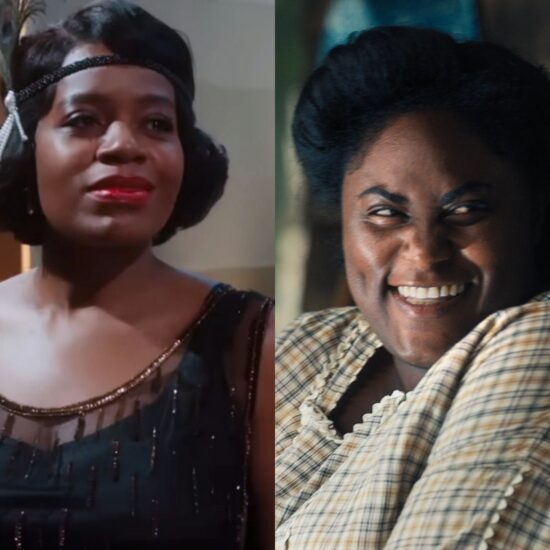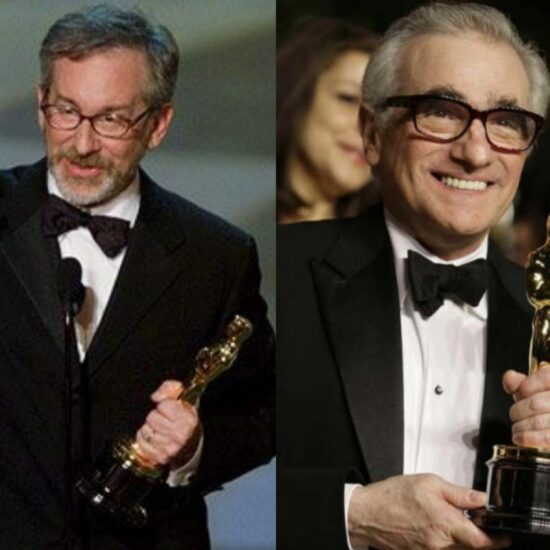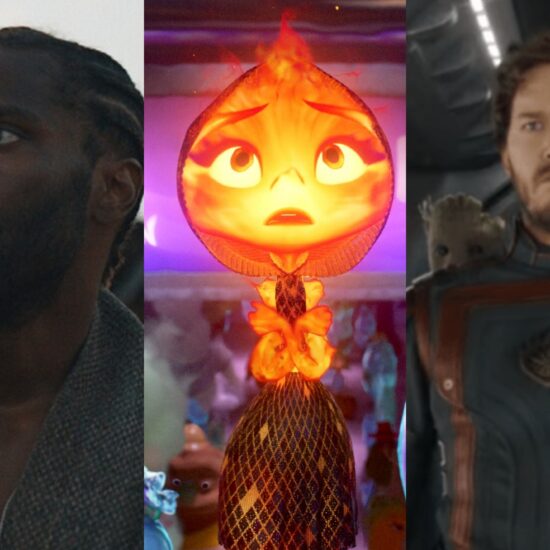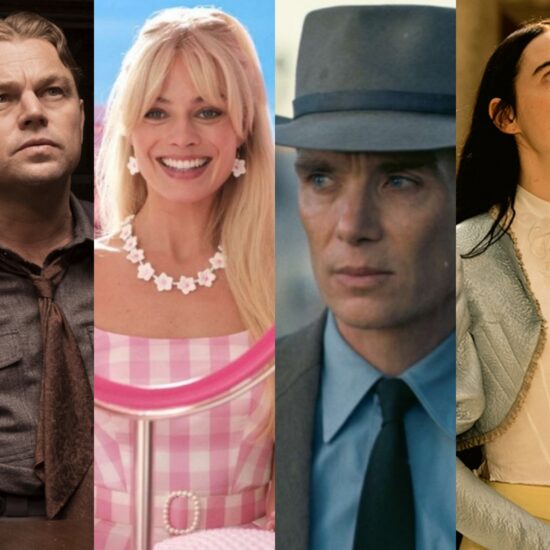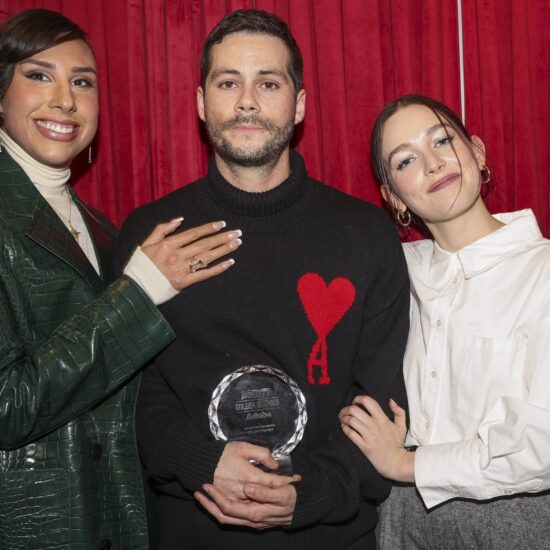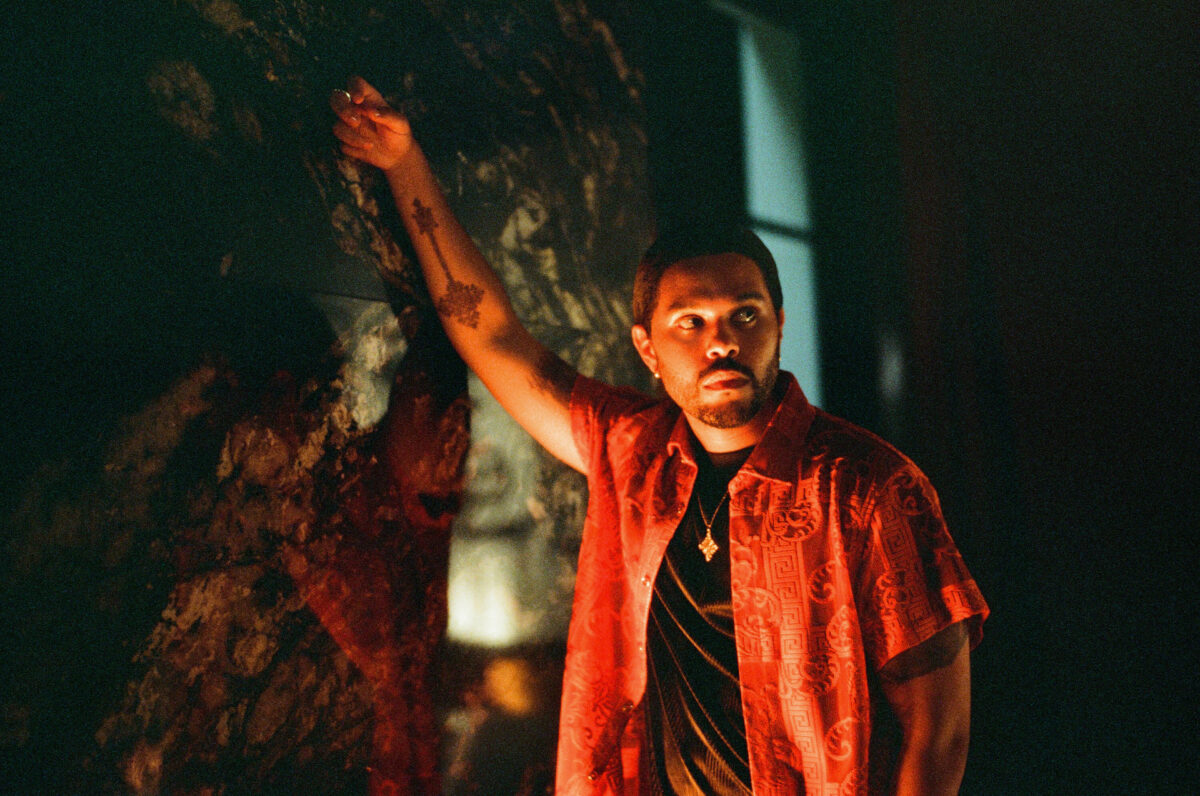
When cinematographer Marcell Rév and director Sam Levinson get together to work on HBO’s “Euphoria,” they typically have months of prep time to discuss guiding principles for the visual style and plan the show’s elaborate and meticulously choreographed camera moves. Their latest collaboration, “The Idol,” was a little different. “It was a pretty quick one,” Rév told IndieWire. “Sam called to tell me he was doing it, and I had to finish up another show while he started shooting. I think he shot two or three weeks with Arseni Khachaturan before I came in.” [A third director of photography, Drew Daniels, came in to finish the project when Rev had to leave for a preexisting commitment.]
Jumping onto a train that had already left the station led to significant changes in Rév and Levinson’s approach, but it also provided a sense of liberation. “In a way, it was a comfortable place to be in because I felt free to experiment,” Rév said. “I felt like we could explore it in the moment.”
Levinson had already adopted a new way of shooting to accommodate co-creator and star Abel “The Weeknd” Tesfaye, who had never acted before; instead of working with just one camera and deliberately designed shots as was customary for “Euphoria,” he used three cameras and let them capture the action in a manner influenced by reality TV in order to give Tesfaye maximum freedom and minimum self-consciousness.
“On ‘Euphoria’ we work our blocking around the camera,” Rév said. “This time it was more like we were working the camera around the actors. The approach was to create something real and film it as opposed to setting up shots.” This more naturalistic method manifested itself in a heavy reliance on natural light, particularly in the show’s many wide shots featuring a lot of people and action. “When you’re going for close-ups, you have a little more control and that’s more traditional film lighting,” Rév said. “The more challenging part is when you’re covering a lot of space with a lot of movement.”
Luckily, several of the locations provided favorable lighting conditions, starting with the house in which Lily-Rose Depp’s Jocelyn lives — which just happens to be Tesfaye’s real home, chosen after scrapping an earlier version of the show resulted in cost-cutting measures. “That house had great architecture and was very mindful of light,” Rév said. “We had a lot of available light there and we took advantage of that a lot.”
For the music video shoot that takes place in the show’s second episode, the filmmakers chose a club that already had a stylish lighting system built in that Rév could exploit. “You see certain lights as props, but we’re also lighting with them, using them as key lights. We modified certain things, but overall we just kept the core look of the nightclub.”
In addition to blocking and lighting, Rév and Levinson took a new approach to lenses, relying heavily on zooms. This allowed the camera operators to be more flexible in following the action, but it also helped Rév lean into the more ominous aspects of the series’ story. “It was great for these long shots covering a lot of space and connecting wide shots to close-ups,” Rév said. “But there’s also a thriller aspect to it when you have a slow zoom on a face from a distance. I was looking at a lot of voyeuristic thrillers like ‘Klute’ and ‘The Parallax View,’ those kinds of paranoia movies.” Those ’70s classics also informed Rév’s choices on the occasions when he did use prime lenses, as he opted for vintage glass from that era. “I used old Zeiss MK1 B-speed lenses, which are softer and have a little more texture.”
Additional texture came from the decision to shoot in 35mm, one of the areas where “The Idol” and “Euphoria” are on the same page. For Rév, if given a choice, film is always the way to go. “With digital, you’re always trying to fight this cold and distant look,” he said. “You try to fill it up with life and film already has that. Film just looks better, especially with something like this, where we’re using a lot of available light. I like the vibe it creates on set — it’s a more focused environment — and I like the unpredictable nature of it, that you have to wait a day to see how it came out. I’ve been shooting film for at least 10 years, and it surprises me every time… and usually, it’s a very good surprise.”











